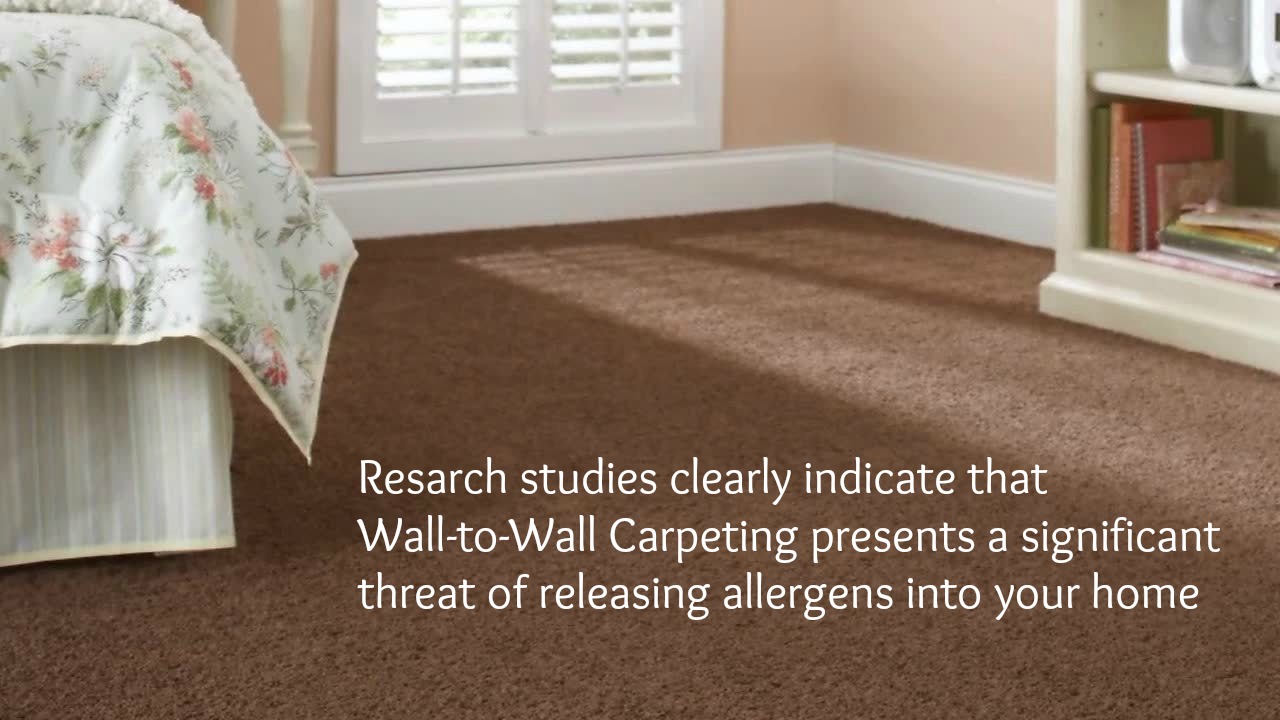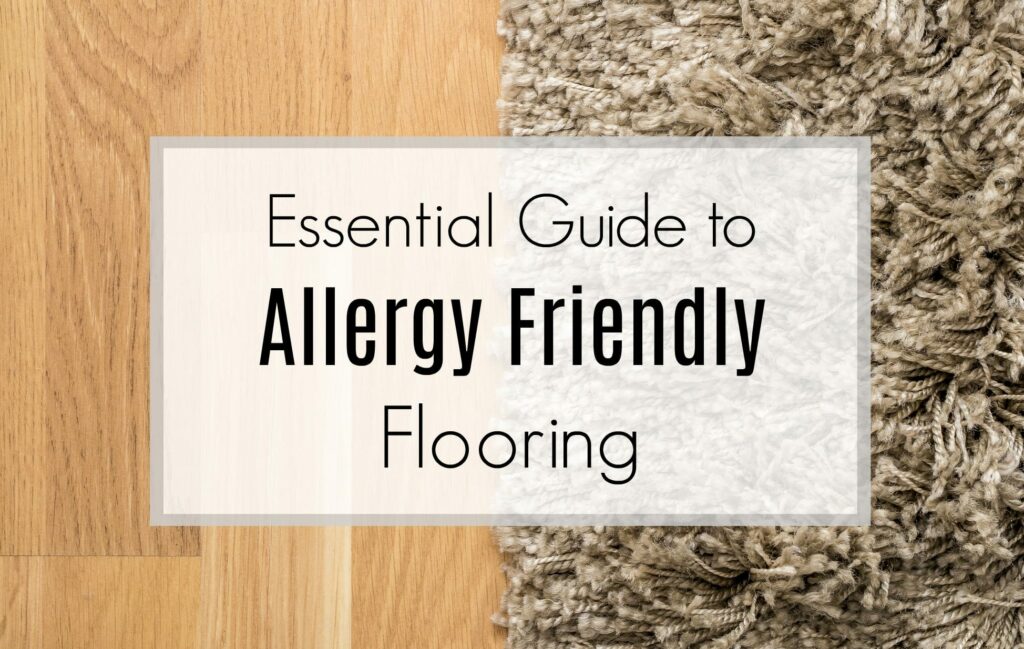Allergies And Old Carpet

There has been no evidence that specifically supports an allergy to carpet but some people believe that it is possible.
Allergies and old carpet. To learn more about carpet and the allergies it may encourage try some of the links on the next page. There are a number of reasons why a person can have these carpet allergies. If you have carpet allergies you can either be allergic to allergens that get trapped in your carpet or the carpet itself or both. It is a common misconception that carpet contributes to asthma and allergies in people.
Individuals also have reported problems such as cough fatigue and breathing problems. The most common signs of a believed allergic reaction to carpet are headache skin rash and upper respiratory discomfort. Some people are allergic to new or old carpets. If you ve noticed an increase in your allergy symptoms your old carpet might be the culprit.
To qualify for the green label vacuum seal or the bronze. Use carpets made of natural fibres. If that isn t an option use low pile instead of high pile carpeting and vacuum weekly with a vacuum cleaner that has a small particle or high efficiency particulate air hepa filter. A great many reputable sources advise allergy and asthma sufferers to remove the carpeting.
The symptoms of carpet allergies could also vary among patients and between types of carpet allergies. True carpets accumulate dust and dirt in a far greater extent than hard flooring however the critical point is often missed. Old carpets also retain particles and allergens that cause allergic reactions. Carpet allergy does not exist.
Below is a list of health issues that could be coming from or made worse by dirty carpet. Carpet has long been regarded as the enemy when it comes to allergies and asthma. If this is the case it s best to remove and replace it as soon as possible. With new carpet this is thought to be the result of breathing 4.
When a person enters a room with hard flooring body movement and footfalls can easily disturb the. The carpet and rug institute uses its seal of approval programs to identify vacuums that are highly effective at removing allergens and other particles from the air. Typical allergens that get trapped in carpet include pet dander. Even if your carpets appear clean they can be a host for bacteria microbes and other irritants.
Those living with asthma or allergy symptoms have historically been advised to remove all carpet in the home because carpet traps allergens. Mold pet hair old skin dust and dirt can all get trapped in your carpets. If your pet is displaying symptoms like irritated skin coughing or has bald patches on his body a veterinarian visit is warranted. Eye irritation breathing problems asthma headaches fatigue are some of the symptoms.


















